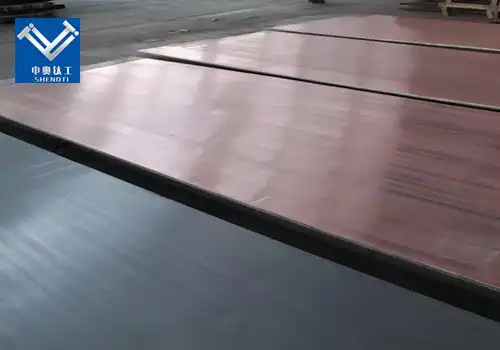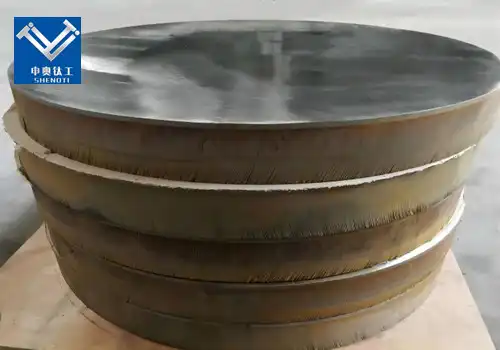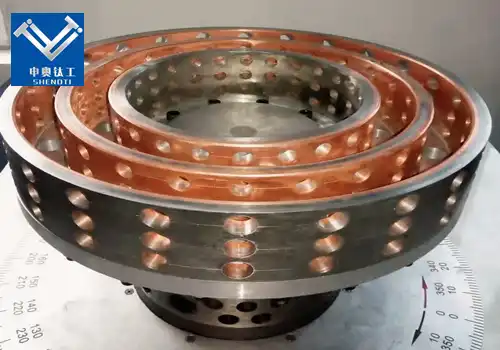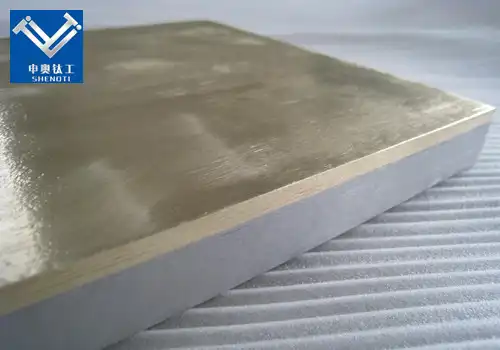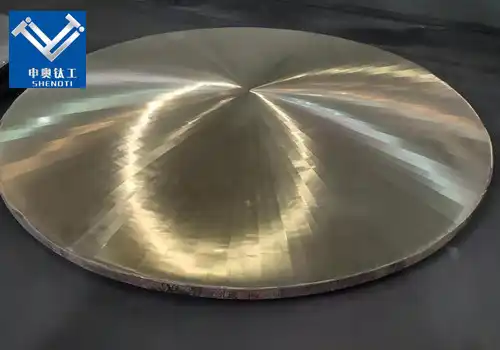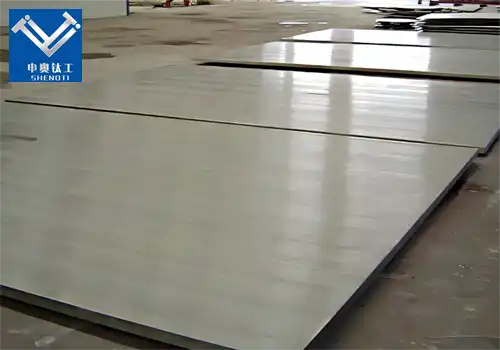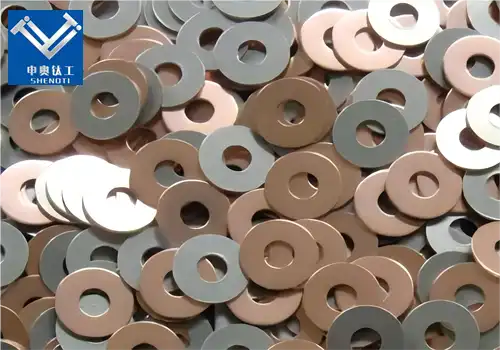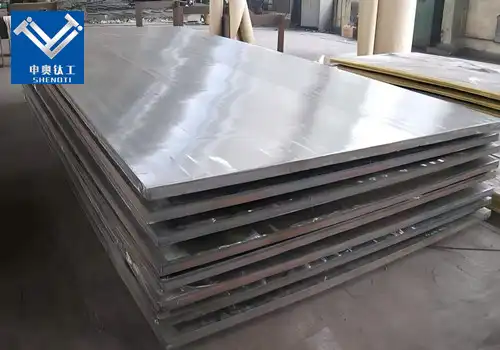
Performance Advantages of Tantalum Copper Clad Plate
2025-07-07 16:51:14
What Is a Tantalum Copper Clad Plate?
A Tantalum copper clad plate is a bimetallic or multi-layer composite material that combines the corrosion-resistant qualities of tantalum with the high thermal and electrical conductivity of copper. Typically produced through explosion bonding or diffusion welding, these plates offer superior metallurgical bonding and retain the beneficial properties of both metals.
Key Characteristics:
Corrosion Resistance: Tantalum is highly resistant to acid corrosion, especially in strong acids like hydrochloric and sulfuric acids.
Thermal Conductivity: Copper provides excellent heat conduction, critical for heat exchangers and condensers.
Mechanical Strength: The clad structure improves structural integrity and fatigue resistance under thermal stress.
Why Choose Tantalum Copper Clad Plate?
Performance Advantages of Tantalum Copper Clad Plate
1: Outstanding Corrosion Resistance
One of the primary reasons industries choose Tantalum copper clad plate is for its ability to withstand highly corrosive environments. Tantalum forms a stable oxide layer that protects it from chemical attack, making it ideal for applications involving acids, alkalis, and chlorides.
2: Excellent Thermal and Electrical Conductivity
Copper ensures rapid heat and electrical transfer, making the plate suitable for use in heat exchangers, electronic circuit substrates, and vacuum furnace components. The combination with tantalum means the clad plate can operate in both chemically aggressive and high-temperature environments.
3: Cost Optimization
Pure tantalum is costly. By cladding a thin tantalum layer onto a copper substrate, manufacturers can significantly reduce material costs while retaining most of tantalum’s chemical resistance. This balance makes Tantalum copper clad plates a cost-effective alternative to monometallic tantalum solutions.
How Is Tantalum Copper Clad Plate Manufactured?
1: Explosion Bonding Technology
Explosion bonding is a solid-state welding process that joins two dissimilar metals using a high-energy explosive detonation. This method creates a metallurgical bond without melting either material.
2: Process Steps:
Surface Preparation: Both tantalum and copper are cleaned and roughened to ensure good contact.
Explosive Welding: Controlled detonation drives the tantalum into the copper substrate.
Post-Bonding Treatment: Rolling or heat treatment may be used to refine the microstructure and achieve required thickness.
Applications of Tantalum Copper Clad Plates
1: Where Are Tantalum Copper Clad Plates Used?
2: Semiconductor and Electronics
The electronics industry leverages Tantalum copper clad plates for thermal management in integrated circuits and for their low magnetic permeability. These plates are often used as substrates for power devices or connectors in sensitive environments.
3: Chemical Processing Industry
Tantalum-lined copper plates are ideal for reactors, heat exchangers, and condensers that operate under acidic conditions. They can resist harsh chemicals while maintaining efficient heat exchange, significantly extending the equipment’s service life.
4: Aerospace and Defense
In aerospace, where both strength and weight reduction are critical, Tantalum copper clad plate offers a unique combination of lightweight structure and chemical resistance. These materials can be used in avionics cooling systems, high-temperature shielding, and specialty sensors.
5: Medical Devices and Implants
Due to tantalum's excellent biocompatibility, Tantalum copper clad plates can be used in the manufacture of medical instruments and implants. The copper substrate allows for better heat conduction and easier machining.
Frequently Asked Questions (FAQs)
1: What makes Tantalum copper clad plate better than titanium clad plate in acid environments?
Tantalum has far greater corrosion resistance in concentrated acids, especially at higher temperatures. While titanium is cost-effective, it cannot match tantalum's performance in ultra-aggressive media.
2: Can Tantalum copper clad plates be used in high-pressure environments?
Yes, explosion-bonded Tantalum copper clad plates can withstand both high pressure and high temperature, making them suitable for pressure vessels, reactors, and vacuum chambers.
3: Is there any risk of delamination over time?
When properly bonded through explosion welding or diffusion bonding, these clad plates exhibit excellent long-term integrity. However, manufacturers must maintain strict quality control during production.
Comparing Tantalum Copper Clad Plate to Other Clad Materials
|
Clad Material |
Corrosion Resistance |
Thermal Conductivity |
Cost |
Key Applications |
|
Tantalum-Copper |
★★★★★ |
★★★★★ |
Hig |
Electronics, chemical, medical |
|
Titanium-Copper |
★★★★☆ |
★★★★☆ |
Medium |
Marine, chemical |
|
Zirconium-Copper |
★★★★☆ |
★★★★☆ |
Medium |
Nuclear, acid processing |
Clearly, Tantalum copper clad plate stands out in highly specialized applications where performance outweighs cost.
The Tantalum copper clad plate is not just a product—it's a materials solution engineered for extreme performance. With unmatched corrosion resistance, excellent thermal and electrical conductivity, and customizable formats, it is ideal for demanding industries such as electronics, aerospace, and chemical processing.
Whether you're designing the next generation of semiconductors or building corrosion-resistant chemical reactors, Tantalum copper clad plates provide the advanced material technology you need.
Contact us today to learn more about technical specifications, pricing, and custom solutions tailored to your project.
Contact Us
Ready to explore how Tantalum copper clad plates can enhance your product performance?
Email: zh@baojiti.com.cn
Website: www.shenaocladplate.com
Phone: +86-18729731603
YOU MAY LIKE











